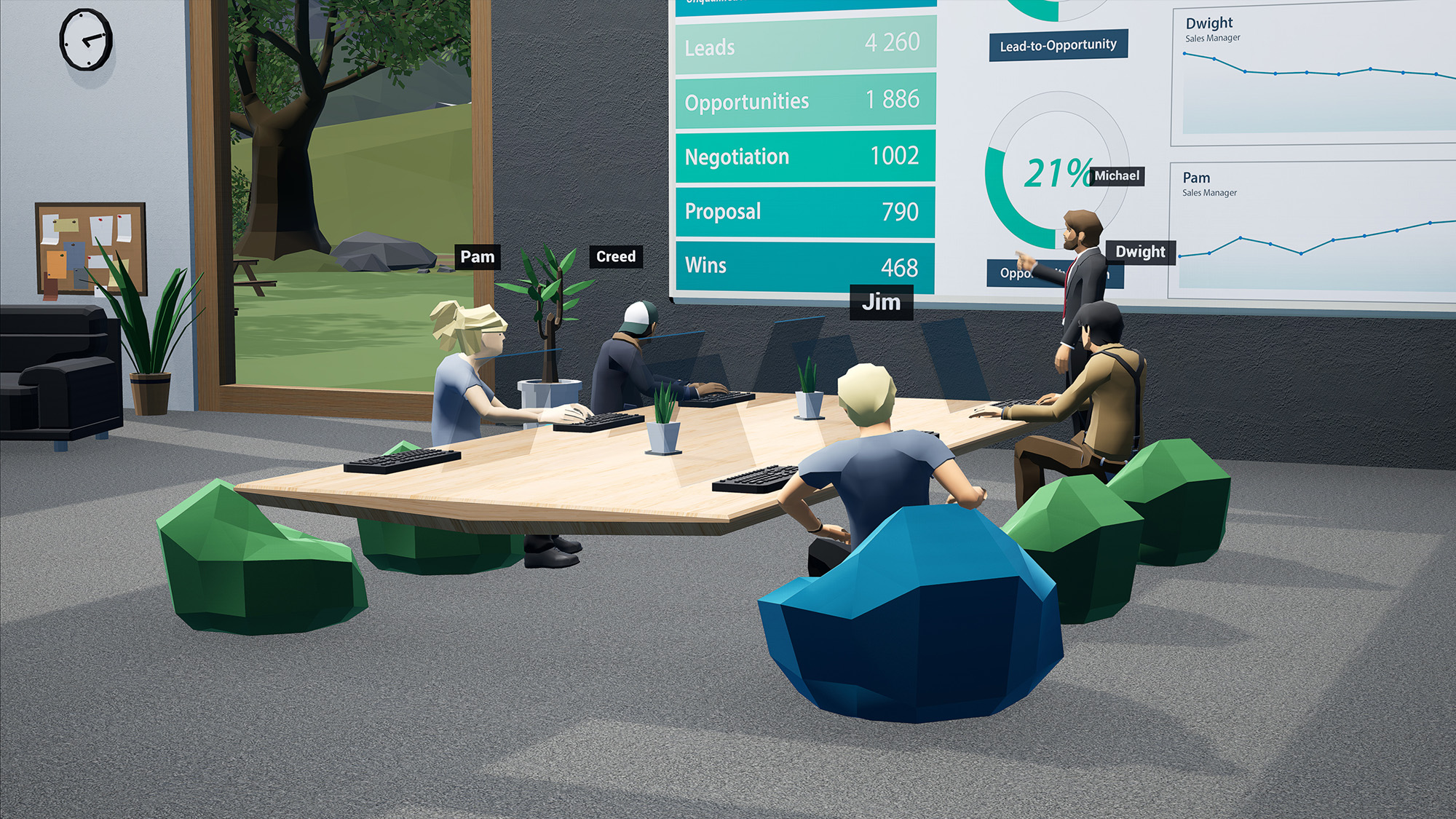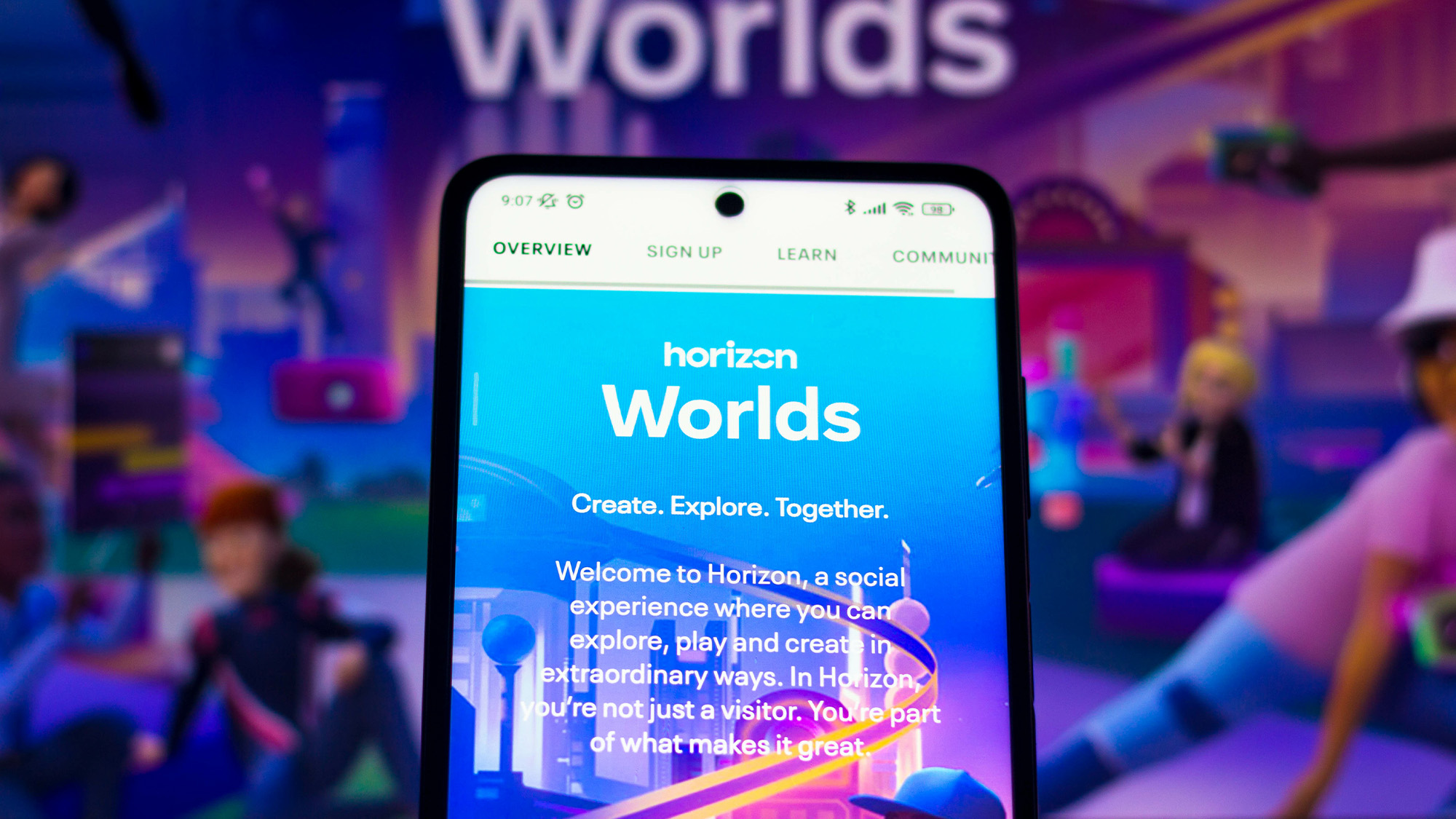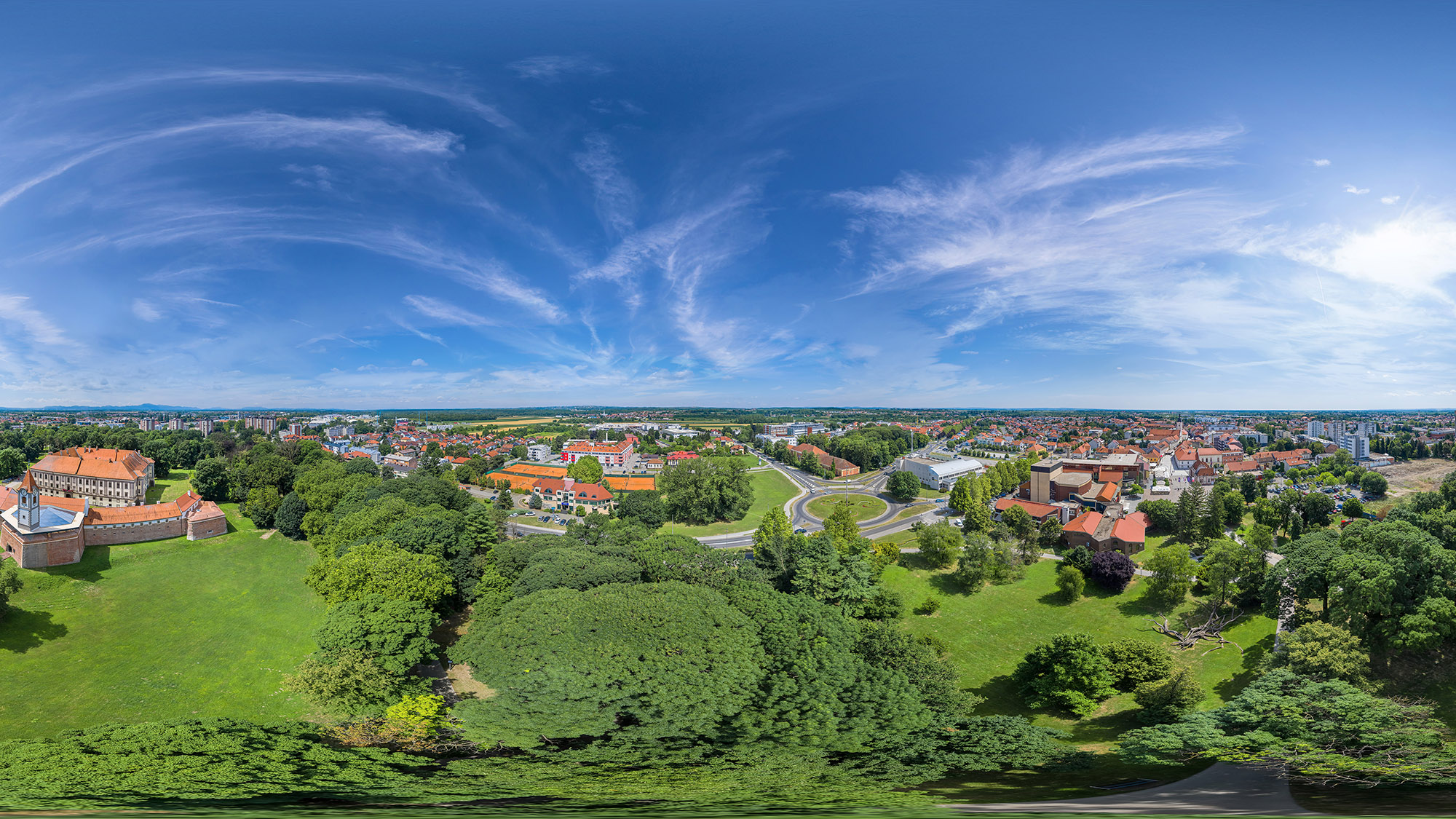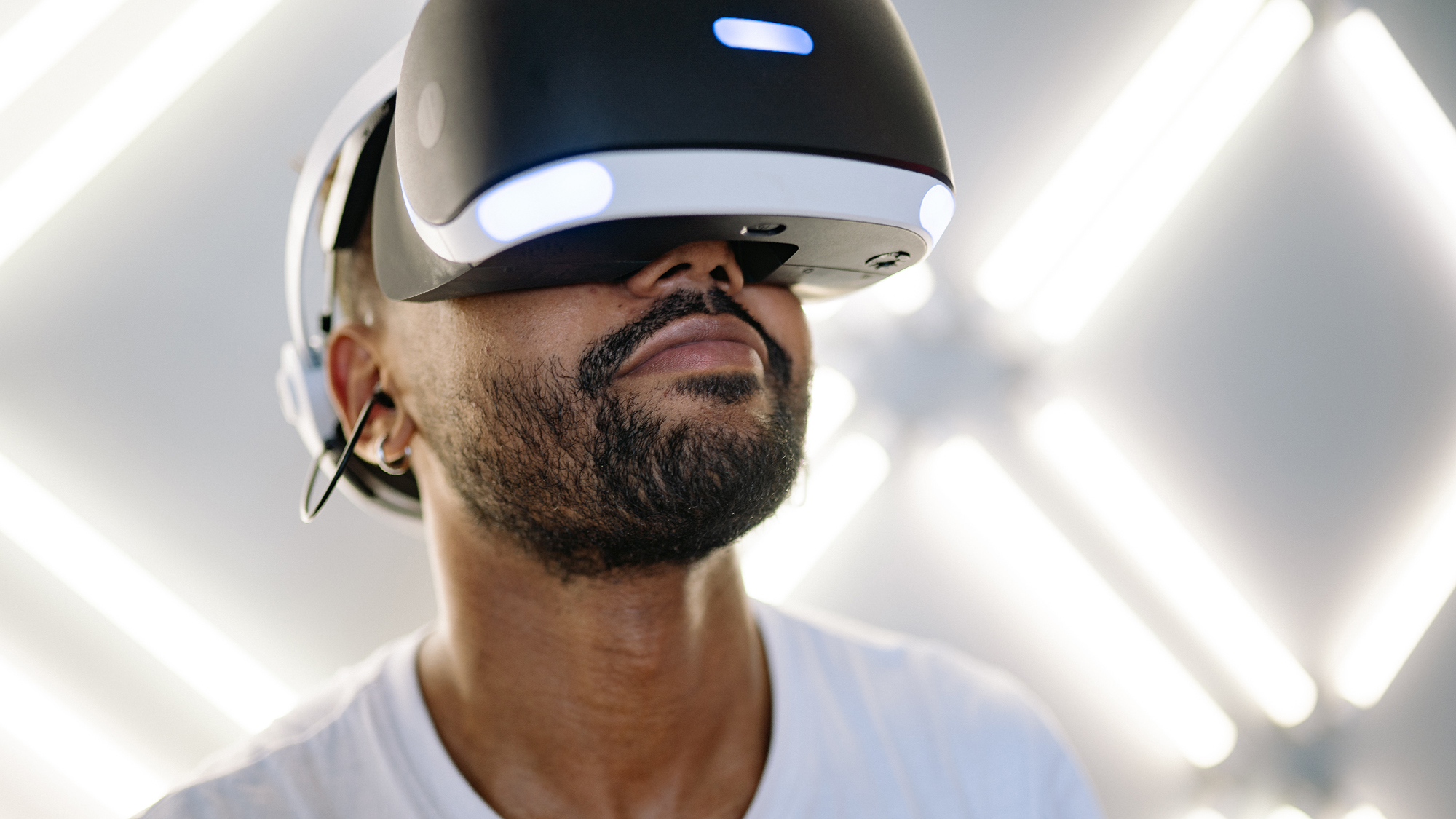
October 31, 2022
The Metaverse: The Virtual Network of Tomorrow
About a year ago, we covered the metaverse in one of our blog posts, and as we explained back then, 'metaverse' is a term that changes daily. So how much has changed within a year? This week, inspired by Meta Connect, we decided to give you a metaverse update. Keep reading to find out more.
Refining the definition
Only a year ago, the metaverse was referred to as “a shared virtual environment accessible by people via the Internet, made lifelike through virtual (VR) and augmented reality (AR).” While this definition still stands today, it has become even more complex over time. According to Matthew Ball, a metaverse expert, the metaverse is a “massively-scaled interoperable network of real-time rendered 3D virtual worlds which can be experienced synchronously and persistently by an ineffectively unlimited number of users each with an individual sense of presence while supporting the continuity of data.” That seems like a big upgrade, and it indeed is.
To simplify that definition, we can compare the metaverse to something known to all of us – 3D games where you control your avatar or RPGs. The difference between these games and the metaverse is that you don’t have a predefined scenario; in fact it’s the opposite – the freedom is all yours. This means you can work in the metaverse, spend time with your friends, walk around, train, attend an event, go to parties, play games, shop for virtual or physical items, visit art galleries, go to a concert, and so much more. In the metaverse today, you can do many, many things – like you would in real life.

Anything you can do in the real world - you can also do in the metaverse.
With all of that in mind, it’s clear that the metaverse has grown enormously within the last year. Giants like Google, Meta, Microsoft, and many more have designated whole teams to developing their own piece of the metaverse. Facebook even changed its name to Meta to point out where its real focus lies. And all of that came together in this year’s Meta Connect.
Meta Connect and Meta Quest Pro
Meta Connect is Meta’s annual event, and has been held for the past nine years. It’s where Meta tells us what they’ve been working on regarding the XR industry, gaming, sneak peeks, hardware, and a whole lot more. Those enthusiasts among you who watched this year’s Meta Connect already know that a sizable part of the whole event focused on the metaverse – or, as they call it, Meta Horizon.
Meta Horizon is envisioned as a metaverse designed to get the work done. With the announcement of a new VR headset – Meta Quest Pro – the line between reality and the virtual will become even thinner. This device is pretty much everything we expected it to be. With four times better resolution compared to Quest 2, pancake lenses, 12GB of RAM, an upgraded Snapdragon XR2+ processor, and colour passthrough, this device is perfect for mixed reality. Although the price point of €1500 is a little higher, we need to take into account this is not your average VR headset for gaming. This is a business-oriented VR headset fit for a new generation, and perfect for industrial use, operator training, and collaboration on many levels.
The experts at Meta revealed that we are getting a futuristic VR room – Magic Rooms – where users can join no matter what device they’re using, all with the aim of attending meetings and working with their colleagues worldwide. This will be particularly handy for all of those working in three dimensions, like architects and designers. To summarize it all, Meta Connect 2022 was an event almost entirely oriented towards enterprises, and we are happy to hear it all starts with the metaverse.
The future is 3D
Just as we couldn’t predict the future a hundred years ago, we can only take the knowledge we have gathered so far and speculate about what the metaverse will eventually look like in the future. According to many experts, it is precisely the metaverse – along with 3D worlds – that our future will be made of. Progress in hardware and technology, like Meta presented just a couple of days ago, plays a crucial role in determining the pace at which the metaverse will dominate our lives. By all we’ve seen, the future ahead seems rather vivid.
So do we still think there’s a place for the metaverse in the oil and gas industry? Absolutely! The four benefits we stated a year ago are still valid today:
- the metaverse has all the potential to enable virtual training in teams;
- virtual training from home could become a regular thing;
- with sensory input and AI, the metaverse could add up to a new, unpredictable form of virtual training;
- with AI tracing human behaviour inside the metaverse, this could lead to entirely tailor-made VR training experiences, resulting in even better results.

Horizon Worlds, Meta’s metaverse, is a creative virtual environment, but it has the potential to become even more than that.
With the current model of the existing metaverse, we believe it would be quite feasible – and very convenient – to just pop on your VR headset and attend a meeting with your colleagues from different countries. Although it seems like a significant investment, this would save enterprises a great portion of the budget they normally allocate to travel costs.
The virtual network of tomorrow
All in all, Meta Connect, with all of the innovations it presented, put forward the best-case scenario for enterprises. Will we speak the same of the metaverse in the future? We truly hope so, but again, nobody can be sure. The new era of digital transformation might be only just hidden from view, inside of that complex, virtual network that we know as the metaverse.


